Home>Ideas and Tips>Upgrading Your Home’s Windows With DIY Smart Tinting Film
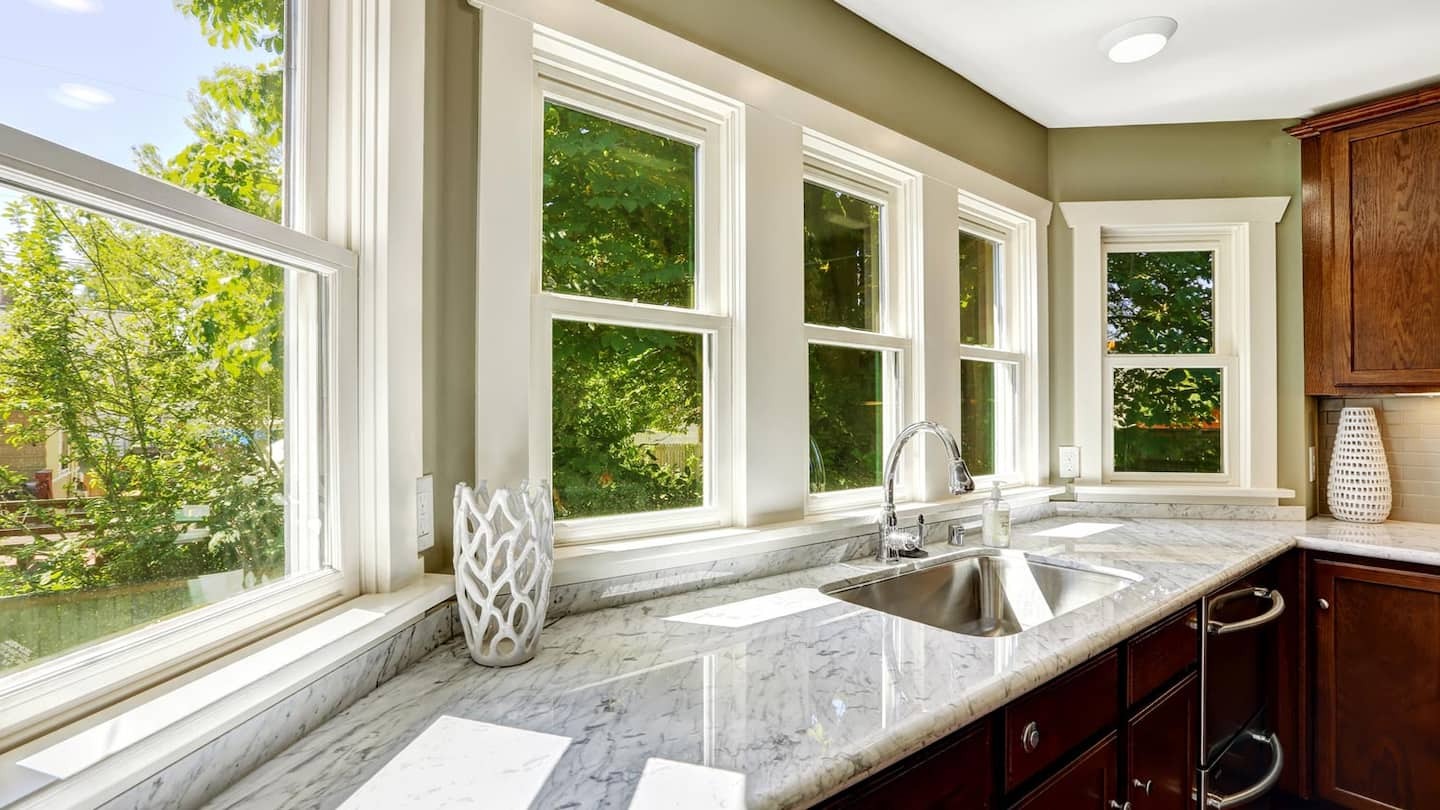

Ideas and Tips
Upgrading Your Home’s Windows With DIY Smart Tinting Film
Modified: October 27, 2024
Upgrade your home's windows with DIY smart tinting film for instant privacy, energy efficiency, and modern aesthetics. Learn benefits, installation tips, and more.
(Many of the links in this article redirect to a specific reviewed product. Your purchase of these products through affiliate links helps to generate commission for Storables.com, at no extra cost. Learn more)
Introduction
In today's world of smart home technology, upgrading your home's windows with DIY smart tinting film is a fantastic way to enhance both functionality and aesthetics. Smart window films, often referred to as switchable films, offer the ability to instantly change the transparency of your windows from clear to opaque with a simple control. This remarkable capability is made possible by Polymer Dispersed Liquid Crystal (PDLC) technology embedded within the film. In this article, we will delve into the world of smart window films, exploring their benefits, installation methods, and potential drawbacks.
What Are Smart Window Films?
Smart window films are a type of window treatment that uses PDLC technology to control the amount of light and heat entering your home while also managing the level of visibility from outside. These films are designed to be versatile and can be integrated seamlessly with your existing windows, offering a modern and convenient solution for managing light and privacy.
How Do Smart Window Films Work?
The operation of smart window films is based on the principle of PDLC technology. When an electrical current is applied to the film, the liquid crystals align in a uniform manner, turning the film transparent and allowing light to pass through. Conversely, when the current is removed, the crystals scatter randomly, making the film opaque and blocking visibility. This technology provides you with the power to effortlessly switch between privacy and transparency, enabling you to manage natural light entry as needed.
Benefits of Installing Smart Window Films
#1 Privacy On Demand
One of the primary benefits of smart window films is the instant control over privacy they offer. At the flick of a switch, you can change your windows from transparent to opaque. This feature is particularly valuable in areas like bathrooms, bedrooms, and home offices where privacy is paramount. Whether you’re seeking solitude for a relaxing bath, a peaceful night’s sleep, or concentration in your home office, smart film adapts to your needs effortlessly.
#2 Enhanced Comfort & Energy Efficiency
Smart window films not only provide privacy but also enhance comfort and energy efficiency. By controlling the amount of light and heat entering your home, you can maintain a comfortable temperature while reducing energy consumption. This is especially beneficial in warmer climates where excessive sunlight can heat up your home, leading to higher energy bills. Additionally, smart window films absorb up to 98 percent of UV rays, protecting curtain panels and other furnishings from fading due to exposure to sunlight.
#3 Versatility in Decor
Smart window films can be integrated with various window coverings to fit into almost any décor. For example, in a Victorian home, curtain panels can be used to frame a window while smart window film provides privacy. This versatility makes smart window films an excellent choice for homeowners who want to maintain their home's aesthetic while enhancing its functionality.
DIY Installation vs. Professional Installation
When considering the installation of smart window films, you have two primary options: tackling the project yourself through a DIY approach or enlisting the expertise of professionals. Let's explore the distinctions between these two methods:
DIY Installation
DIY installation can be a cost-effective option for those with patience and attention to detail. The process involves thoroughly cleaning the glass, carefully applying the film, and using specialized tools to remove air bubbles and trim excess material. While it can be challenging, any successful DIY project can save you money in the long run. The advantages of DIY installation include cost savings, as you avoid professional fees, and the flexibility to schedule the installation at your convenience. However, the challenges include the potential for mistakes, such as improper application, and the time-consuming nature of the task, especially for those who are inexperienced.
Professional Installation
Professional installation is recommended, particularly for high-end models or films that require electrical connections, such as app-controlled or voice-activated options. Hiring professionals ensures that the film is installed correctly and integrated seamlessly with your home’s electrical system. Professional installation offers skilled technician expertise, product and installation warranties, and efficient, problem-free completion, often faster than DIY methods. Despite these benefits, professional installation is more expensive and requires scheduling that may depend on the technicians' availability. Decide whether to install smart window film yourself or hire professionals based on product complexity, your skills and experience, available time, and budget.
Types of Smart Window Films
Smart window films come in various configurations, including on/off switches and voltage-controlled options. The most common technology used in these films is PDLC, which allows for infinite adjustment of opacity by varying the voltage applied to the film. Some films operate on standard 120 VAC house current and can be integrated into a smart home system by wiring them through a smart home dimmer. For example, Smart Tint offers an RS-485 controlled power supply for their low-voltage window film, which can be directly controlled from a Crestron automation processor.
Potential Drawbacks of Smart Window Films
While smart window films offer many benefits, there are some potential drawbacks to consider:
Visibility
Darker tints can reduce visibility, especially at night. This is important to consider for windows that you frequently look out of. However, most smart window films are designed to be clear when active, minimizing this issue.
Installation Difficulties
DIY installation can be difficult, and mistakes can lead to bubbles, peeling, or an uneven appearance. Professional installation mitigates these risks but comes at a higher cost. Weighing the pros and cons of DIY versus professional installation can help you make the best decision.
Compatibility
Some window films may not be compatible with certain types of glass. For example, double-pane windows with certain coatings might not work well with all films. Consulting with a professional can help you choose a suitable film for your windows.
Conclusion
Upgrading your home's windows with DIY smart tinting film is a fantastic way to enhance both functionality and aesthetics. Smart window films offer instant control over privacy, enhanced comfort, and energy efficiency. While there are potential drawbacks to consider, the benefits of these films make them an excellent choice for homeowners looking to modernize their homes. Whether you choose to tackle the installation yourself or hire professionals, smart window films are a step forward in making our homes more comfortable, private, and energy-efficient.
Additional Resources
For those interested in learning more about smart window films, there are several resources available:
- YouTube: Smart Glass Country offers a variety of videos on smart glass and window film installation, including a detailed guide on preparing the installation environment and wiring smart film.
- Residential Tech Today: This article provides an in-depth look at smart window films, including their technology and potential applications in both residential and commercial settings.
- This Old House: This comprehensive guide covers the basics of window tinting, including methods for installation and types of tint available. It also discusses the potential drawbacks of window tinting and how to weigh the pros and cons of DIY versus professional installation.
By exploring these resources and understanding the benefits and challenges of smart window films, you can make an informed decision about upgrading your home's windows with this innovative technology.
Was this page helpful?
At Storables.com, we guarantee accurate and reliable information. Our content, validated by Expert Board Contributors, is crafted following stringent Editorial Policies. We're committed to providing you with well-researched, expert-backed insights for all your informational needs.
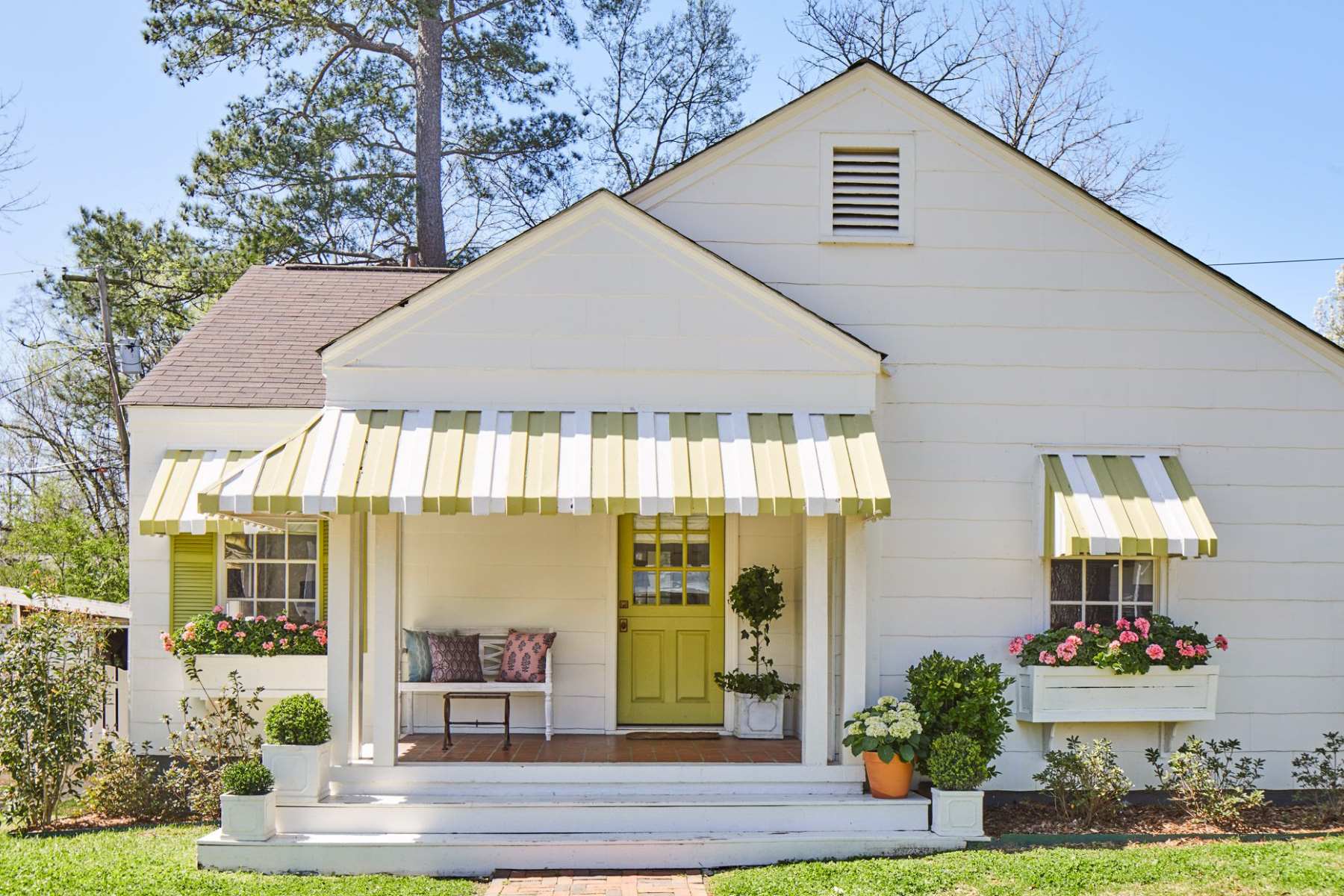
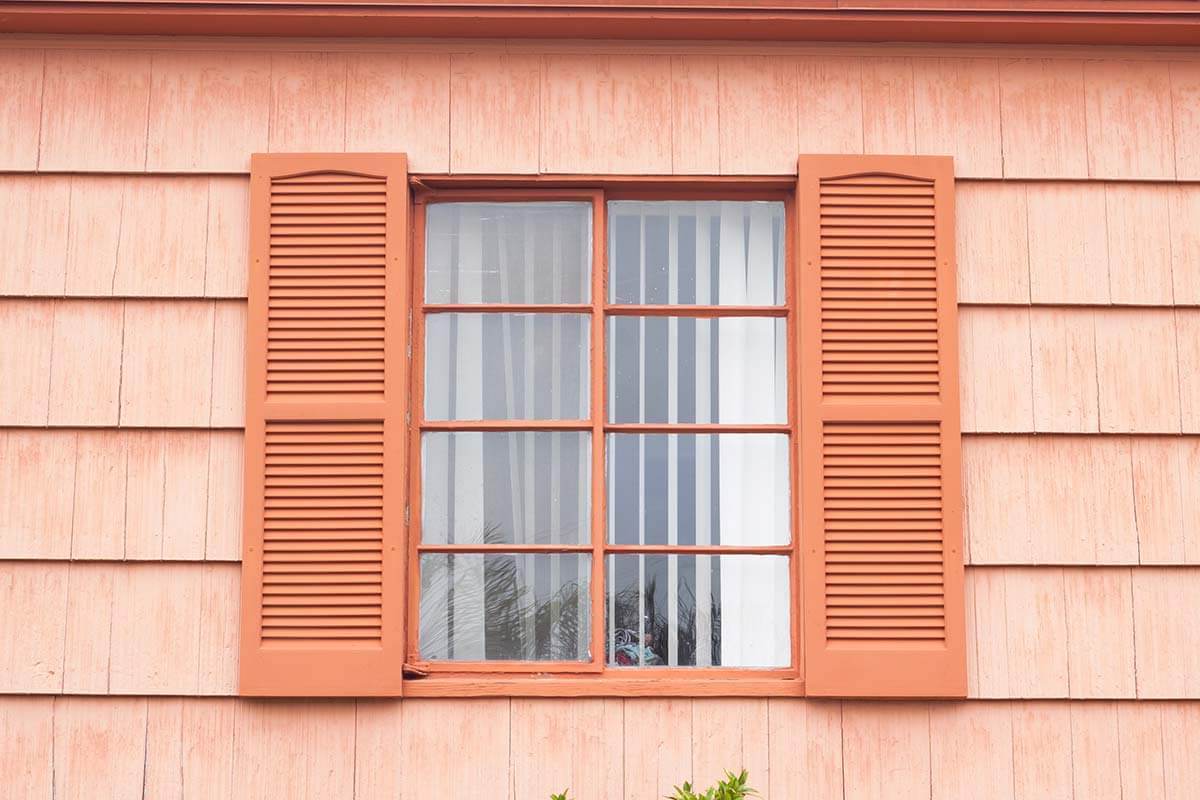
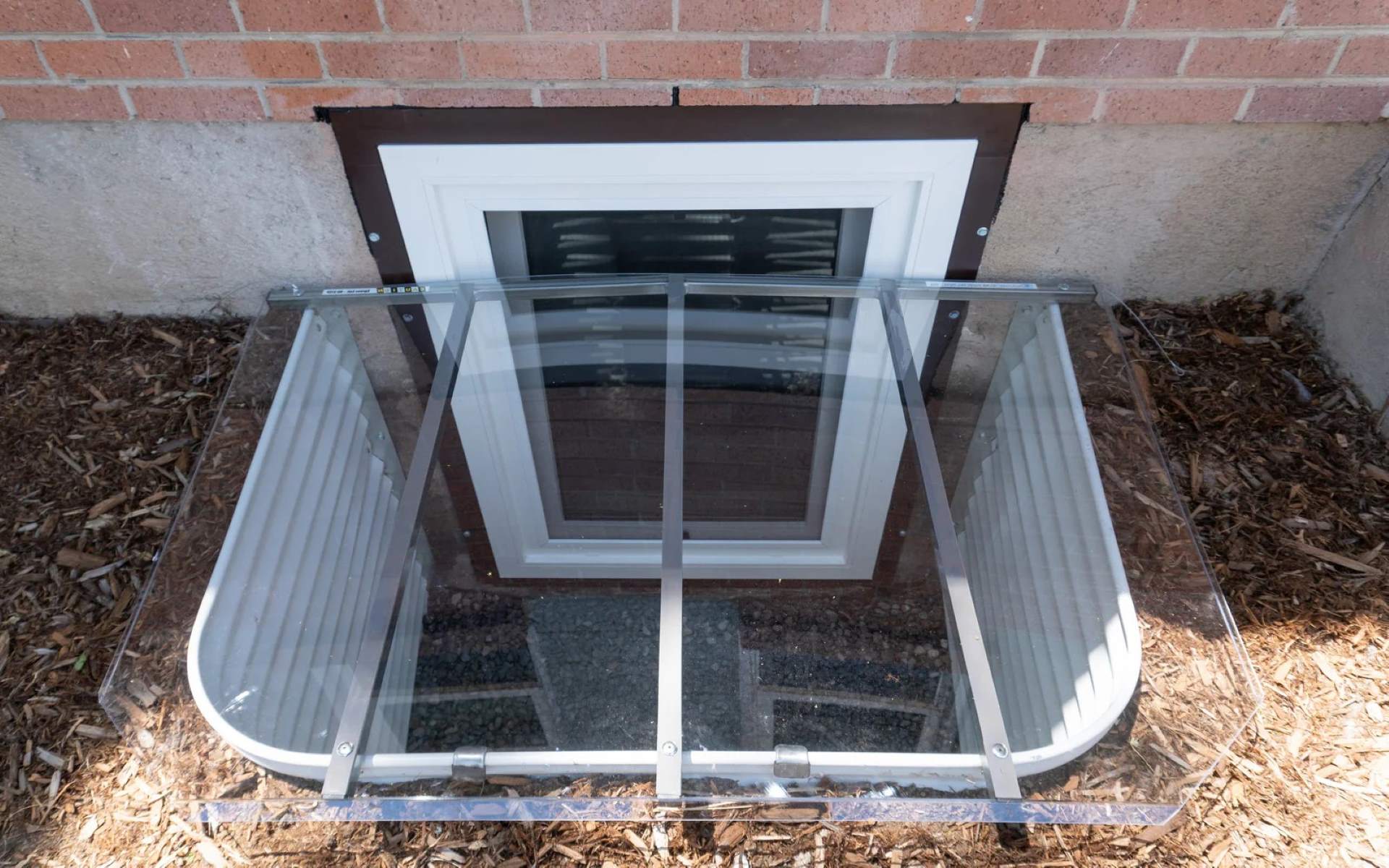
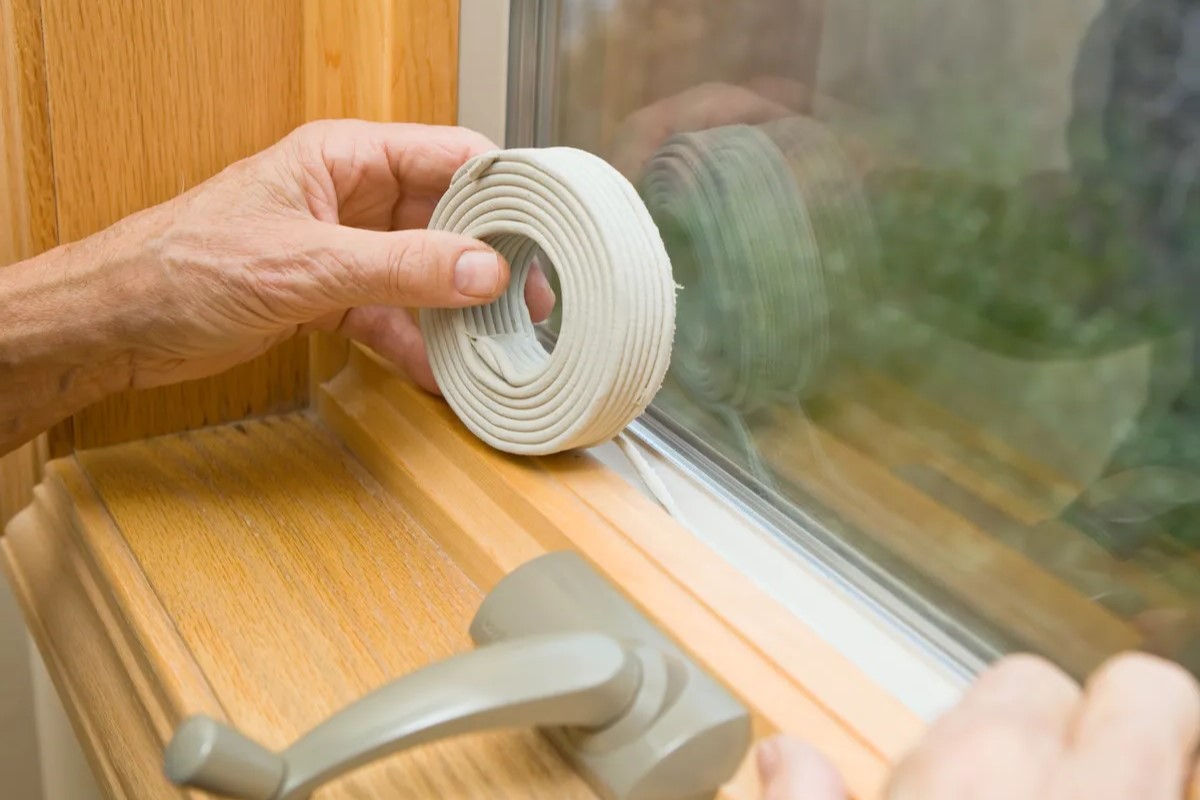
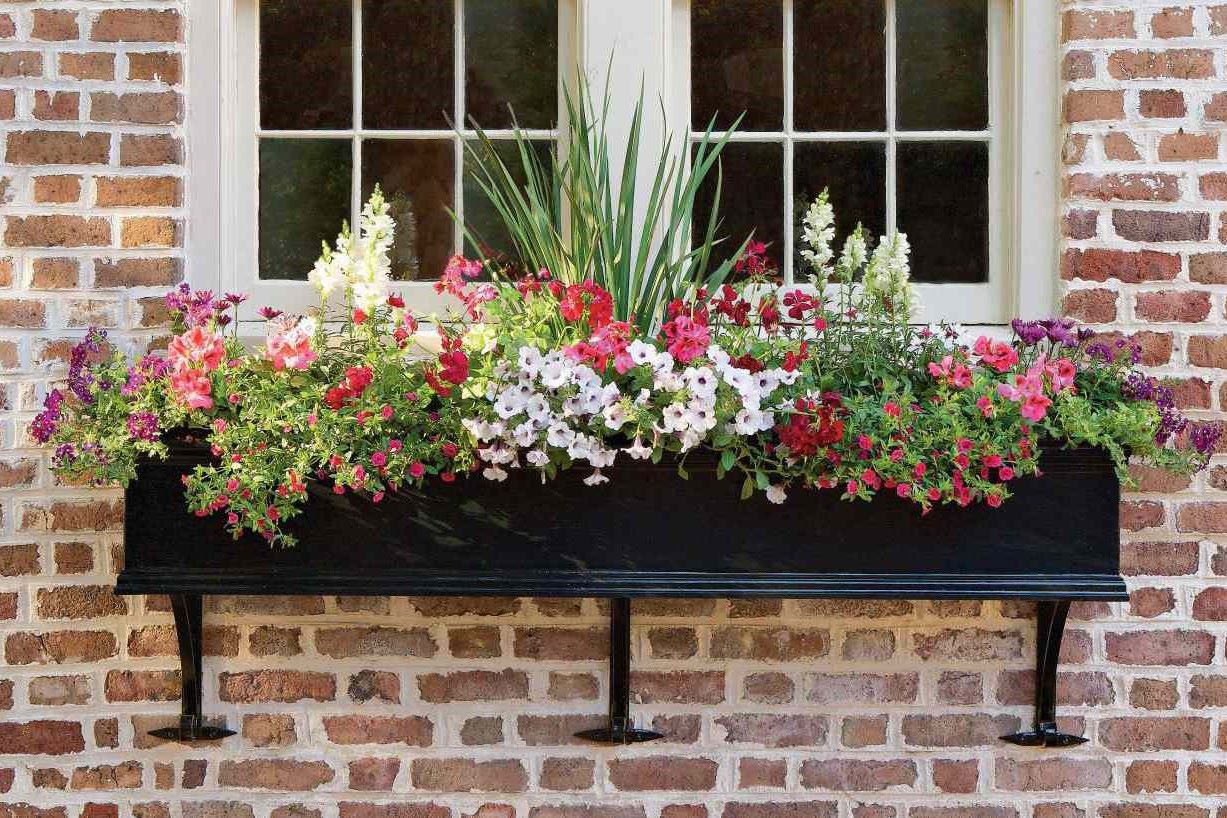
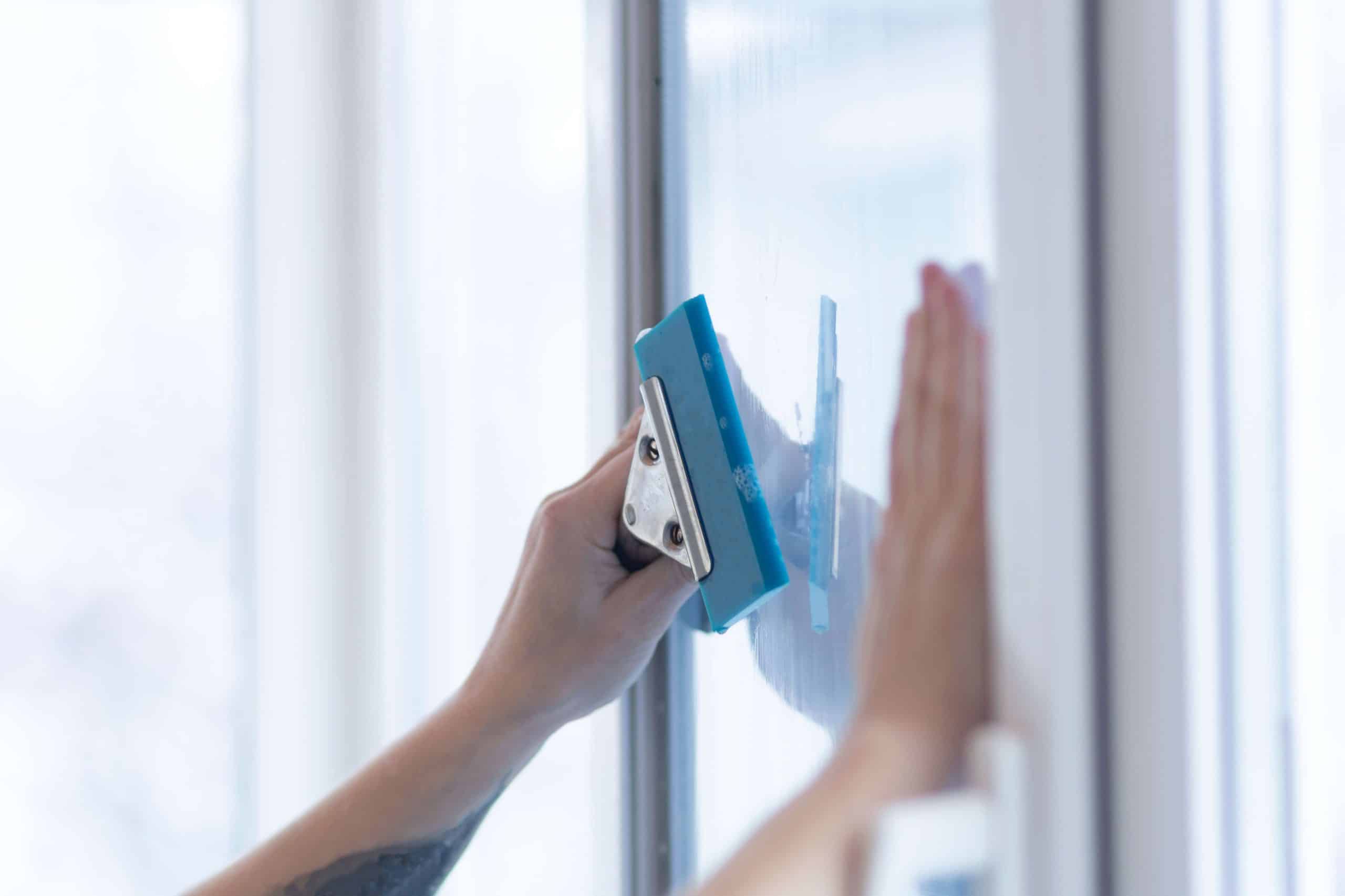
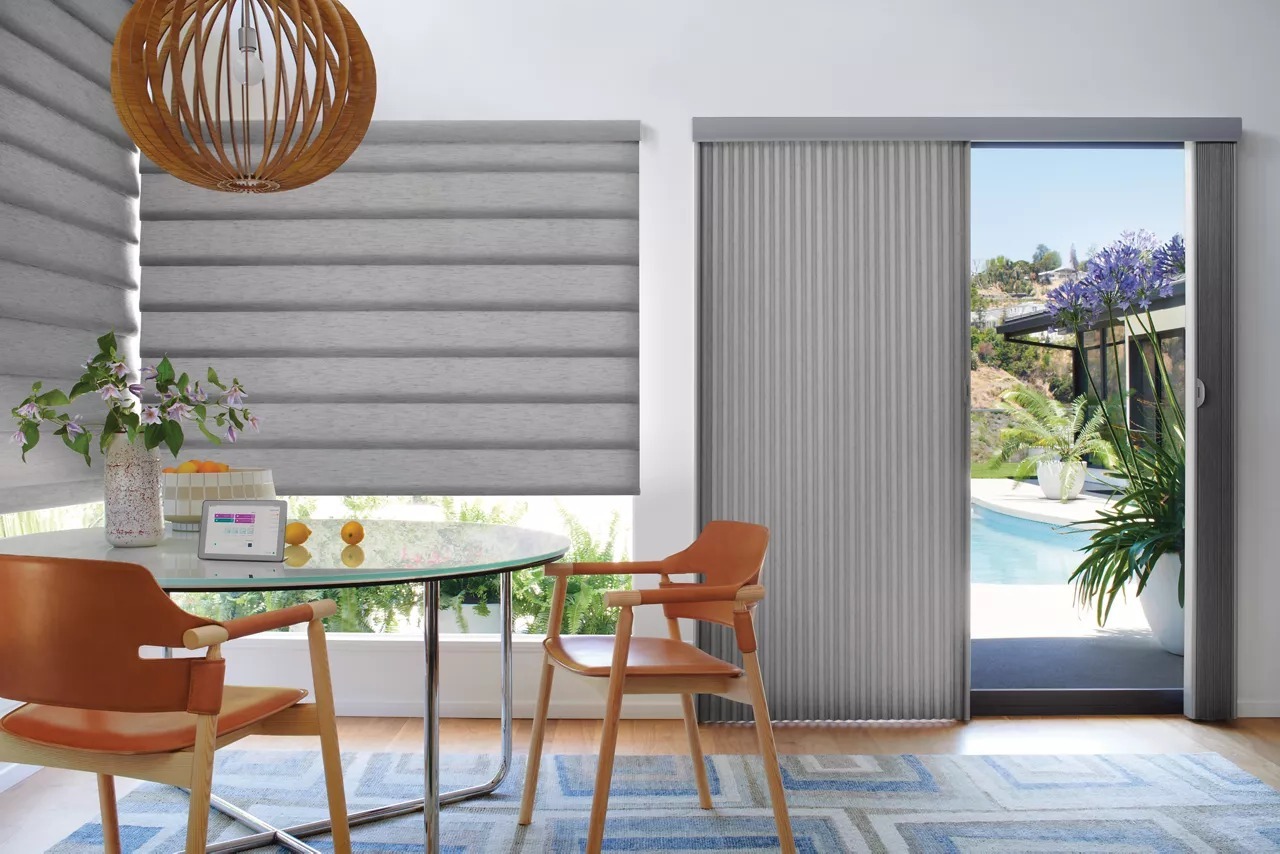
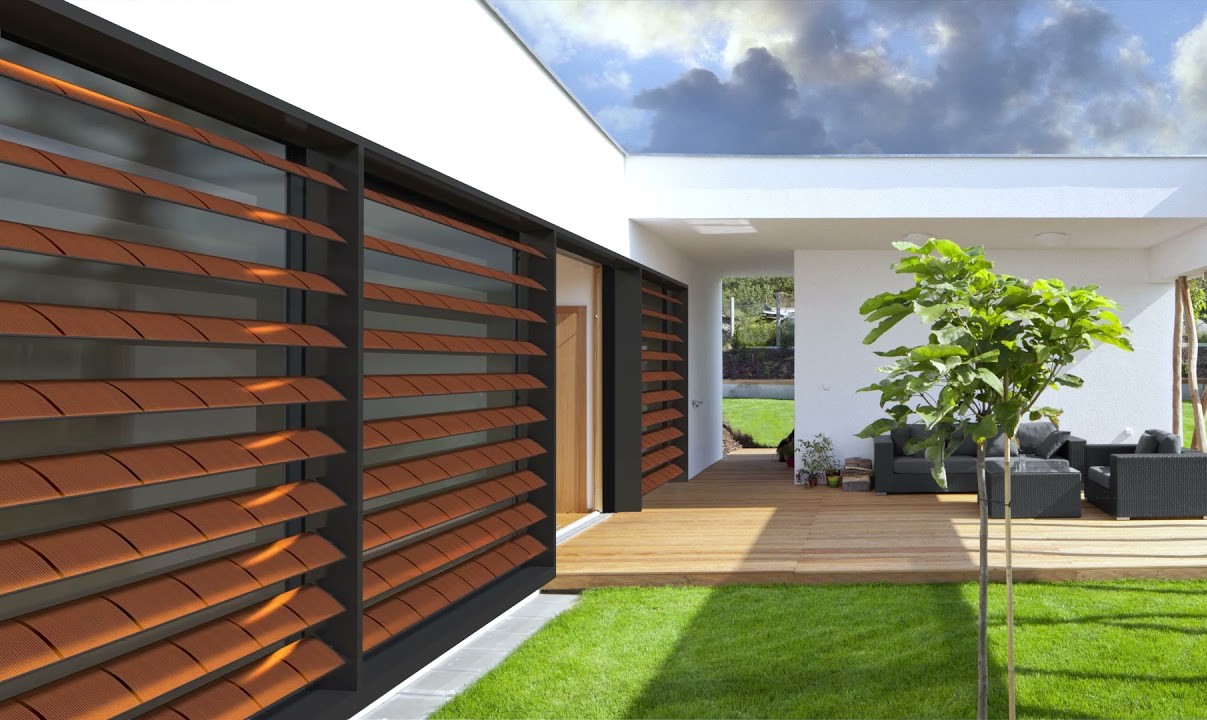
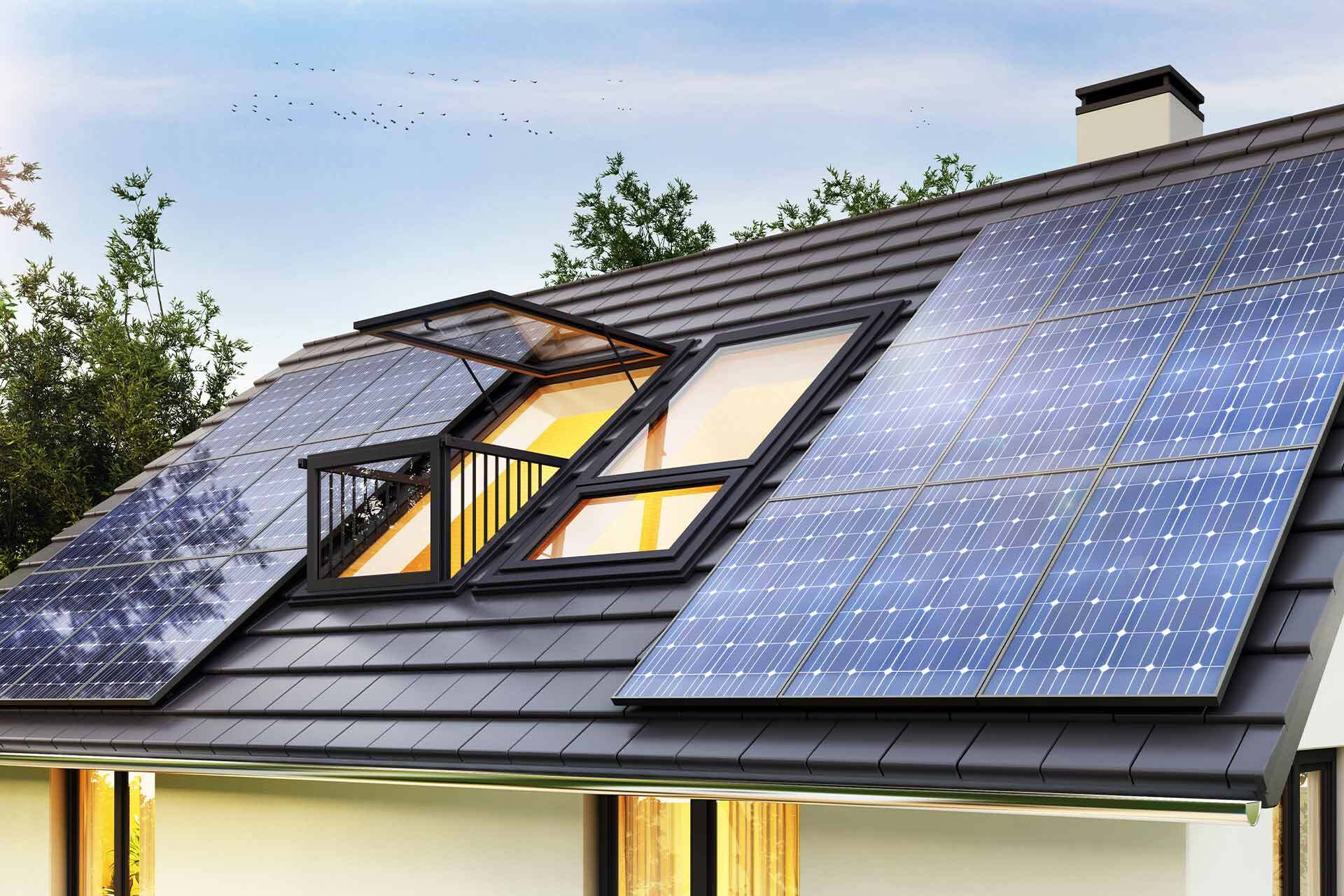
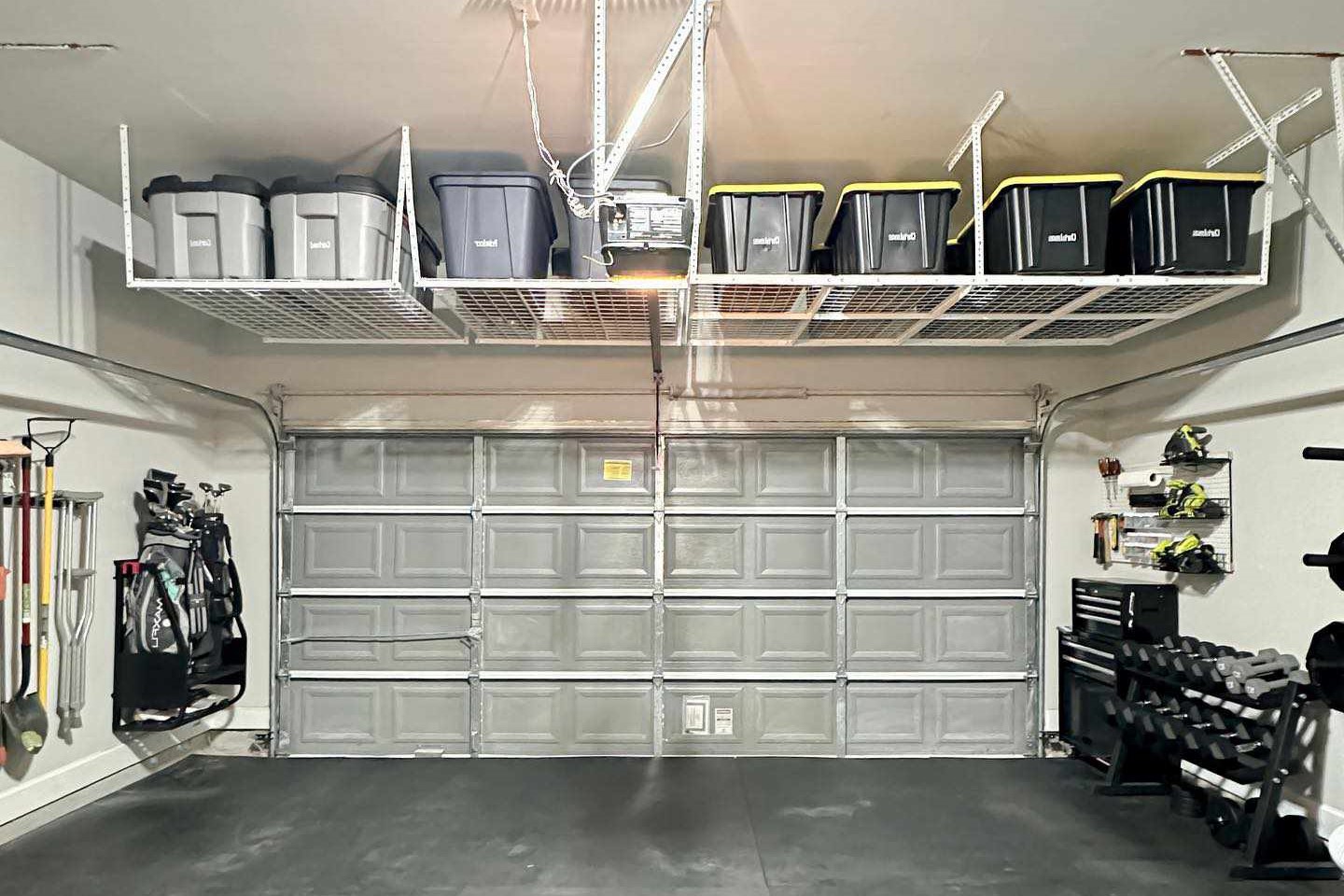
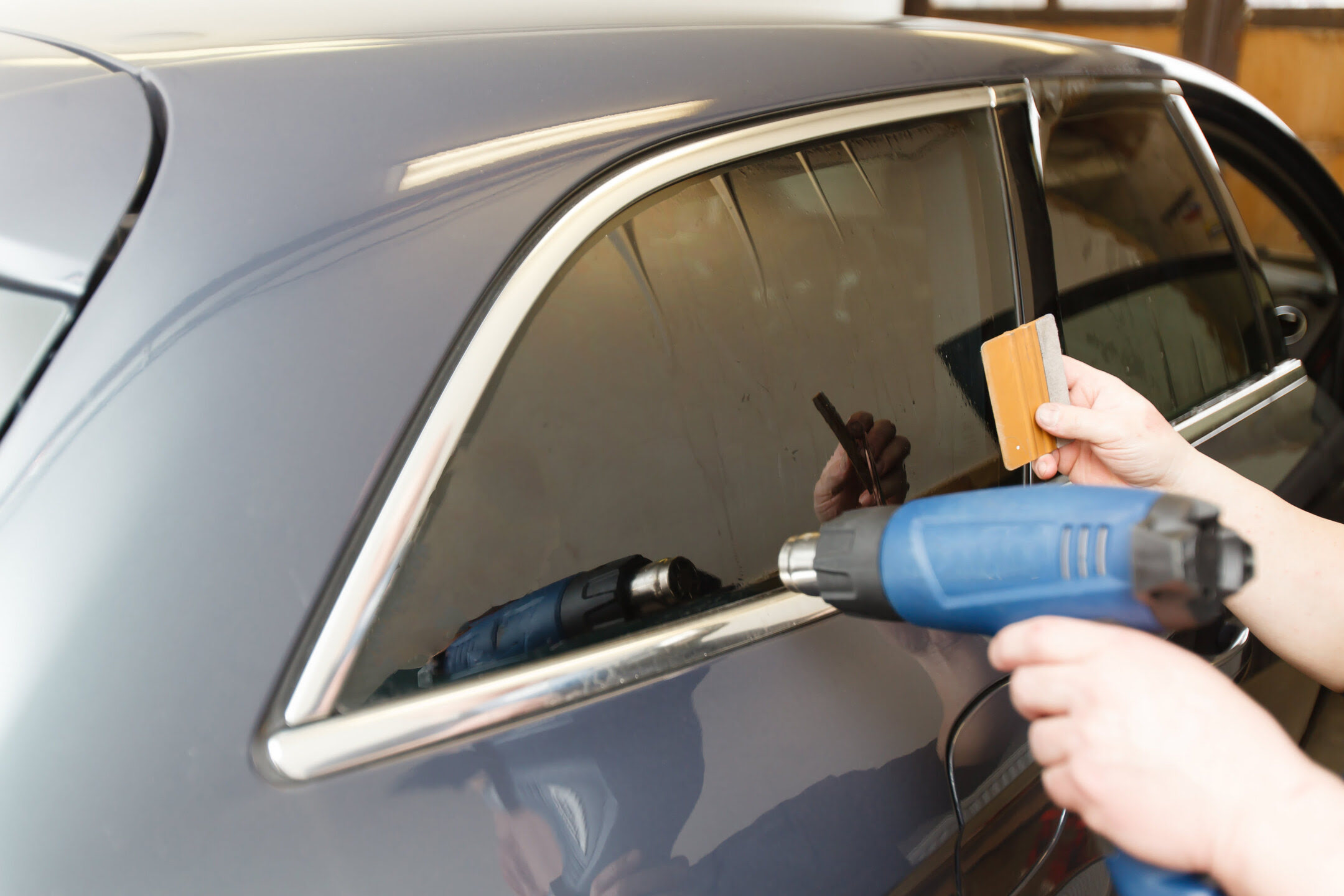
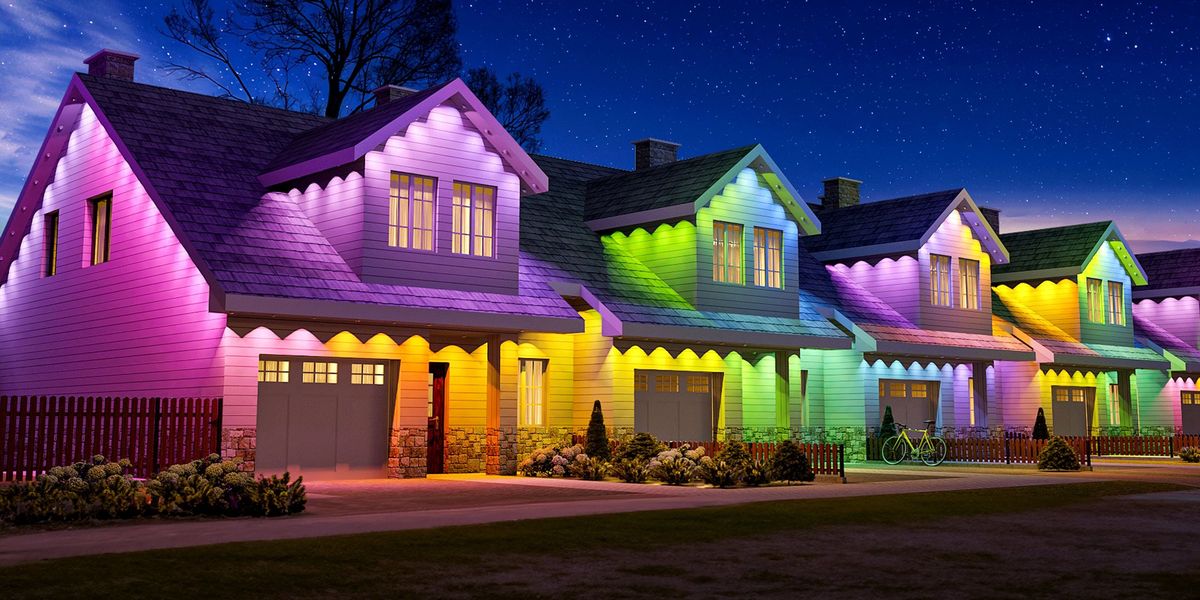

0 thoughts on “Upgrading Your Home’s Windows With DIY Smart Tinting Film”